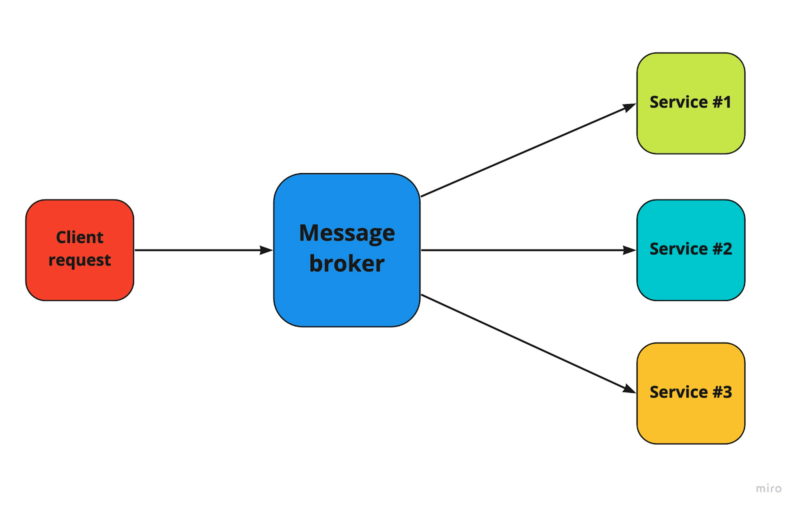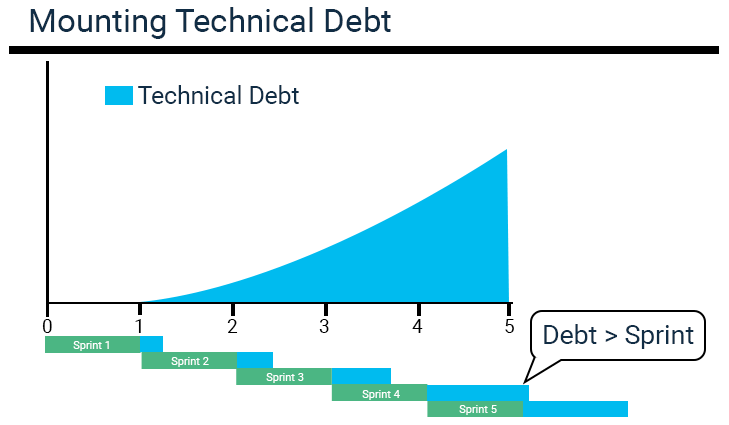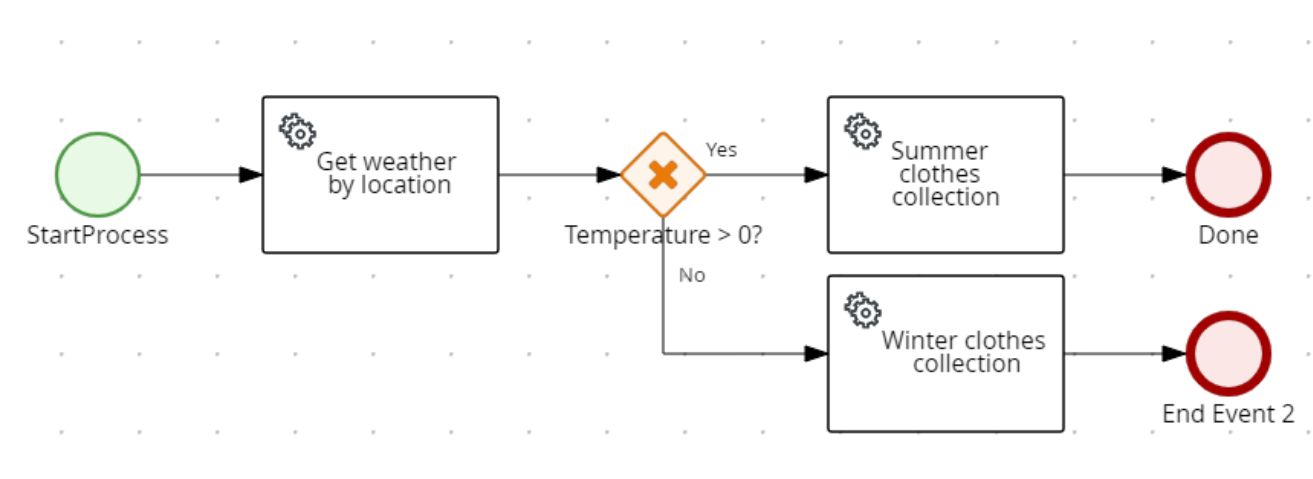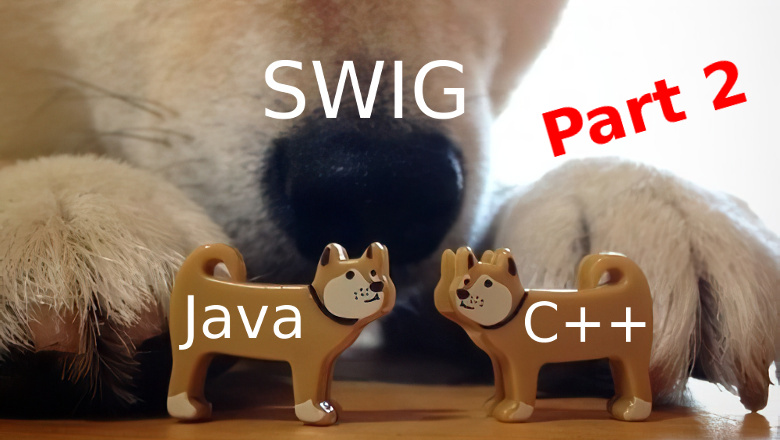
When a person used to say that he controls the whole world, he was usually placed in the next room with Napoleon Bonaparte. I hope that these times are in the past and everyone can analyze the geodata of the entire Earth and get answers to their global questions in minutes and seconds. I published Openstreetmap_h3 - my project, which allows you to perform geoanalytics on data from OpenStreetMap in PostGIS or in any query engine that can work with Apache Arrow / Parquet.
First of all, I say hello to the haters and skeptics. What I developed is really unique and solves the problem of transforming and analyzing geodata using the usual and familiar tools available to every analyst and data science specialist without bigdata, GPGPU, FPGA. What looks easy to use and code now is my personal project where I have invested my vacations, weekends, sleepless nights and a lot of personal time over the past 3 years. Maybe I will share the background of the project and the rake that I went through, but first I will still describe the end result.













